How Electronic Eavesdropping Began - The Early Years
The world of covert surveillance goes back hundreds of years, but electronic eavesdropping begins with an early communications medium – the telegraph.
California created the earliest statute prohibiting wiretapping in 1862, just after the Pacific Telegraph Company’s communication lines reached the West Coast. The first person convicted under the new statute was a stock broker named D.C. Williams in 1864. Williams listened in on corporate telegraph lines then sold the inside information to stock traders.
World War II brought electronic eavesdropping to a new level with the introduction – and the related code breaking – of encryption. However, it’s the years after WWII, specifically the Cold War Era, that saw an explosion of electronic eavesdropping, the development of more sophisticated bugs, and an increased public awareness of covert operations.
This article begins 80 years in the past. It begins with one of the greatest, now publicly known, examples of a hidden device: The Great Seal Bug.
The Great Seal Bug
1946
In 1945, Soviet schoolchildren presented a carved wooden plaque featuring the Great Seal of the United States to the U.S. Ambassador in Moscow, Averell Harriman. Ambassador Harriman hung the seal in his office in Spaso House, his official residence. Unknown to the Americans, embedded inside the plaque was a passive resonant cavity bug, a marvel of Cold War espionage engineering.
The device had no power source and emitted no signals on its own. It remained dormant until Soviet operatives beamed a radio signal at it from outside the embassy. Once energized, it reflected modulated audio from conversations inside the ambassador’s office — effectively functioning as a wiretap without detection.
It wasn’t discovered until 1952, years after it had been transmitting sensitive diplomatic conversations.

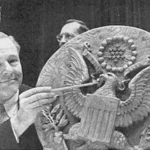
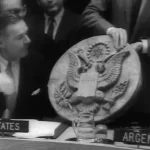
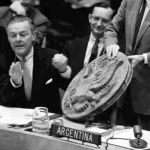
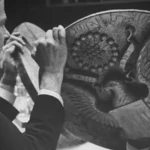
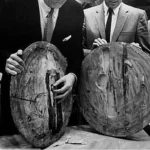
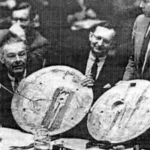

Watergate
1972
The Watergate scandal of the early 1970s stands as one of the most defining moments in modern American political history — and a turning point in public awareness of electronic surveillance. In 1972, operatives connected to President Nixon’s re-election campaign were caught breaking into the Democratic National Committee headquarters at the Watergate complex in Washington, D.C. Their objective wasn’t simple burglary; it was to install covert listening devices and wiretaps intended to capture sensitive political intelligence. The exposure of these illegal surveillance activities unraveled a web of political espionage, leading to investigations that ultimately forced President Nixon’s resignation.
Before Watergate, the average American had little reason to think about bugging devices, wiretaps, or covert surveillance beyond spy novels and Cold War headlines. But the scandal shattered that complacency, revealing that even the highest offices in the U.S. government were willing to deploy illegal surveillance tools for political gain. The fallout included widespread public distrust of government agencies, legislative reforms such as the Foreign Intelligence Surveillance Act (FISA), and a surge of interest in privacy rights. Watergate transformed electronic surveillance from a shadowy Cold War tactic into a subject of everyday conversation — and underscored the dangerous potential when surveillance tools are misused by those in power.
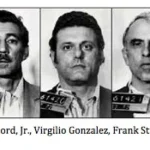
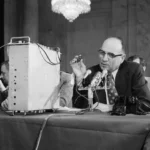
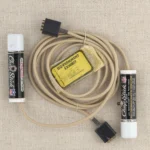
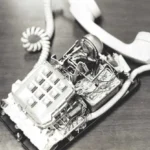
The Conversation
1974
Released in 1974 and directed by Francis Ford Coppola, The Conversation is a psychological thriller centered on Harry Caul, a private surveillance expert portrayed by Gene Hackman. The film follows Caul as he conducts an audio surveillance operation on a couple in San Francisco, meticulously recording their seemingly innocuous conversation in a crowded park. The film’s plot unfolds not through high-speed chases or explosive action, but through the slow unraveling of Caul’s paranoia and moral conflict — a reflection of the very real ethical dilemmas faced by surveillance professionals.
The Conversation is notable for its technically accurate portrayal of audio surveillance work, especially for its time. Caul uses specialized microphones, directional recording equipment, and audio mixers — tools inspired by real-life surveillance methods of the 1970s. The painstaking attention to detail in the surveillance scenes highlights how even casual conversations can be intercepted, analyzed, and interpreted in ways that alter lives and outcomes. The film resonates with the reality that surveillance often operates in shadows, unnoticed by its targets, with consequences that ripple far beyond the moment.
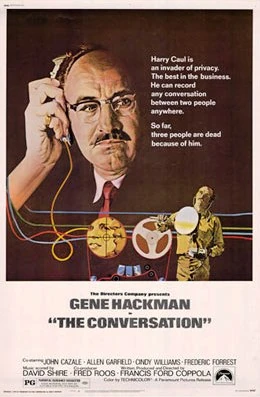
Knowing Our Roots
Why focus on the past?
CastNet is determined to revolutionize TSCM – the process for detecting and protecting against electronic eavesdropping. We know the current threat landscape and build solutions to address those threats. But, it’s important to know our roots – to appreciate how far the threats have evolved since the early days.
